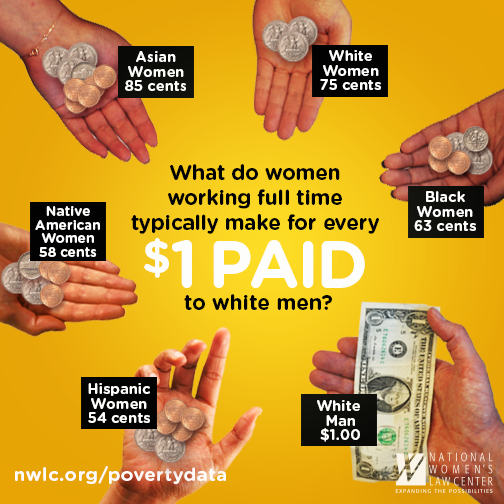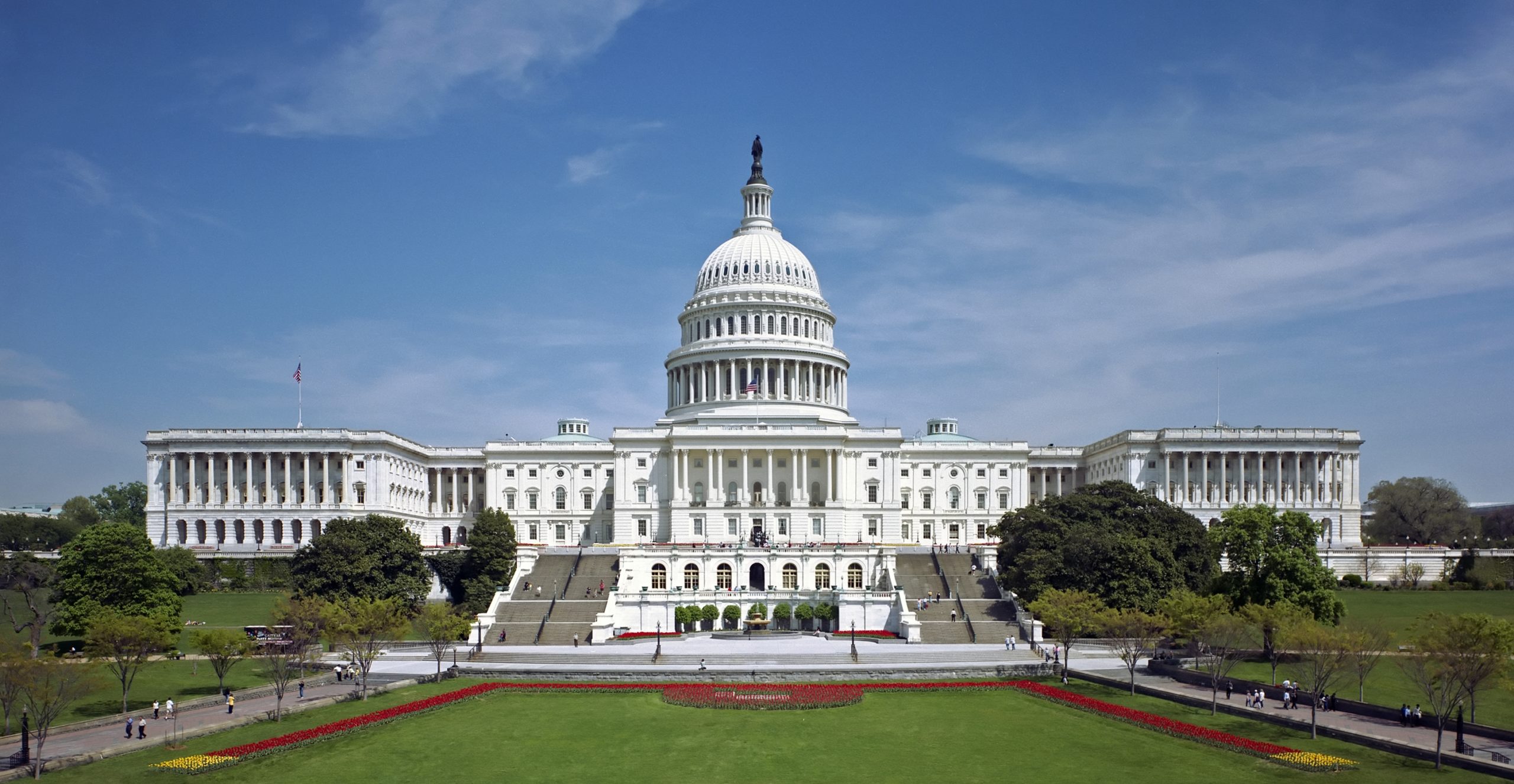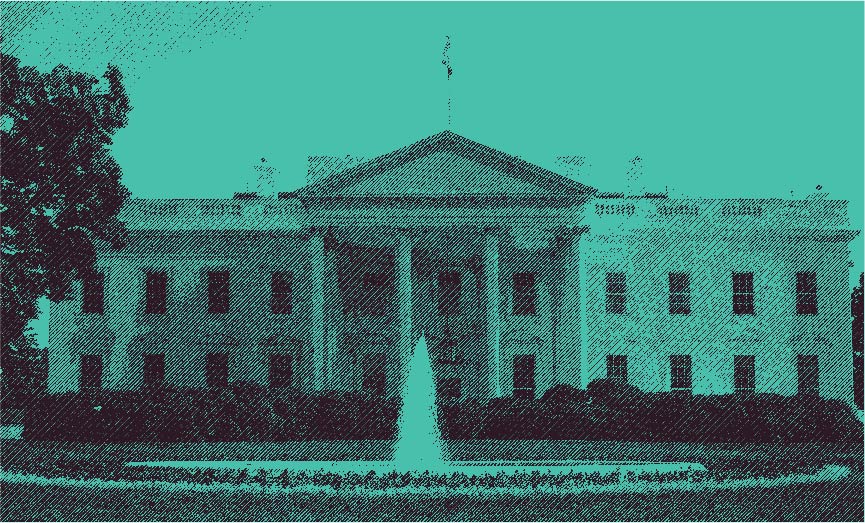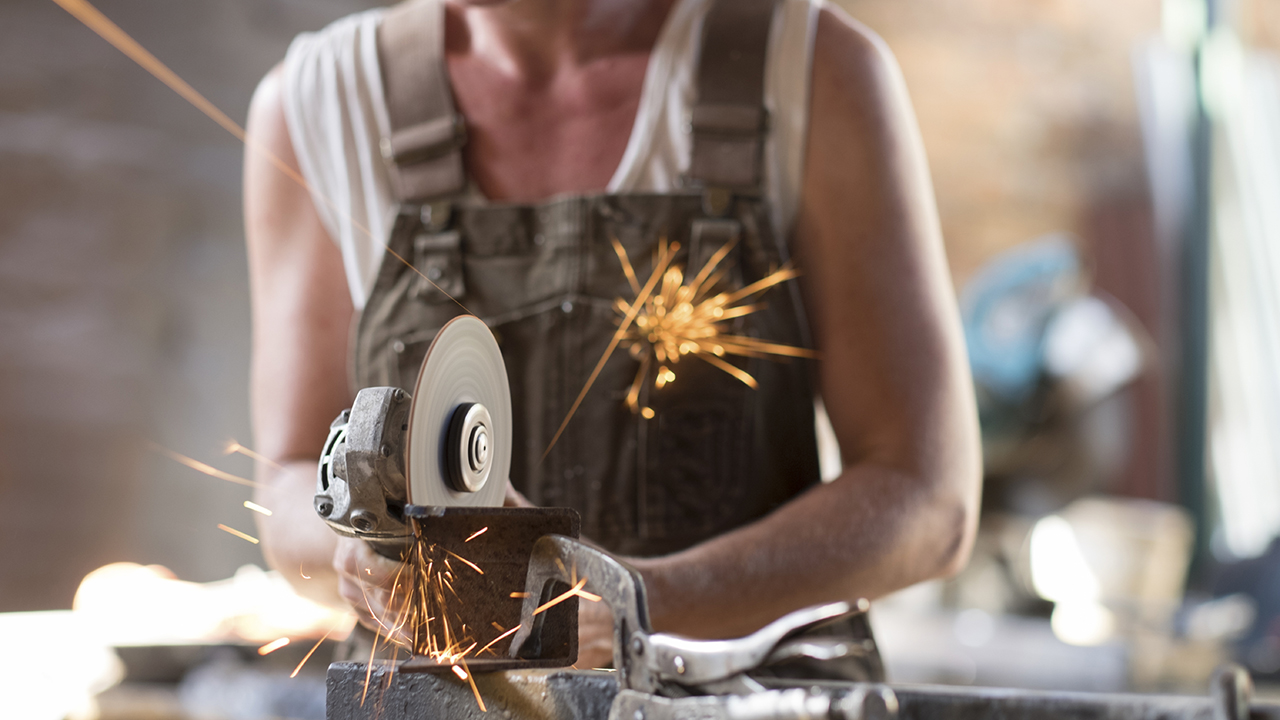Abortion rights, women of color, and LGBTQIA+ people are under attack. Pledge to join us in fighting for gender justice.
We Need to Bring the Disproportionate Sexual Harassment of Black Women and Low Wage Workers out of the Shadows

When #MeToo went viral late last year, the media spotlight illuminated a pattern of unchecked sexual harassment and assault in Hollywood. A slew of female celebrities used their star power and influence to speak out against the likes of Harvey Weinstein, and come together to declare “Time’s Up” on harassment, discrimination, and inequality in the workplace.
As we approach the one-year anniversary of the Weinstein stories, the revelations prompted by #MeToo have shown us all the pervasive nature of sexual harassment, regardless of job, workplace, or industry. We have learned that sexual harassment disproportionately affects women workers, especially those in low wage jobs who have little power and few resources to fight back. We also know that there are many obstacles that make filing a formal sexual harassment charge difficult, including fears that speaking out might result in retaliation, being socially ostracized from colleagues, or losing one’s job altogether. The result? Only 6 to 13 percent of people ever file a formal sexual harassment charge.
So, who exactly are the brave women who do file charges, and where do they work?
“Out of the Shadows: An Analysis of Sexual Harassment Charges Filed by Working Women”, a new report from the National Women’s Law Center, examines sexual harassment charges filed by women with the Equal Employment Opportunity Commission (EEOC) in the five years leading up to the #MeToo phenomenon. What we found was striking:
- Between 2012 and 2016, Black women filed nearly 3 times as many sexual harassment charges than white, non-Hispanic women per 100,00 workers, even though they make up a smaller share of the women’s workforce.
- The top 3 industries with the highest shares of sexual harassment charges filed by women include accommodation and food services, retail trade, and health care and social assistance. These are also industries where women make up large segments of the workforce. The report breaks down these broad industry categories into sub-industries and uses anonymized stories from the Time’s Up Legal Defense Fund to show how sexual harassment looks different for women based on the characteristics of each job.
- 1 in 3 women who filed sexual harassment charges also alleged retaliation, and 1 in 17 also alleged racial discrimination. The additional bases of discrimination paint a clearer picture about the complex nature of sexual harassment and how women of color are particularly targeted based on their intersecting identities.
- There are major gaps in industry charge data that make data collection difficult. Between 2012 and 2016, 6 in 10 sexual harassment charges filed by women lacked an industry code. Since 1996, the number of charges filed with the EEOC that lack this key industry information has grown from 15 percent to 65 percent in 2016. The report examines some of the reasons why this lack of information is bad for policy-makers and researchers who need to assess industry trends over time.
The report closes with a clear set of recommendations for employers, legislators, and researchers who must all work together to eradicate sexual harassment from our workplaces. #MeToo has helped spur activism and cultural change, but there is still work to be done. By shedding light on the women working in industries that are often overlooked, “Out of the Shadows” is an important piece of this conversation.





